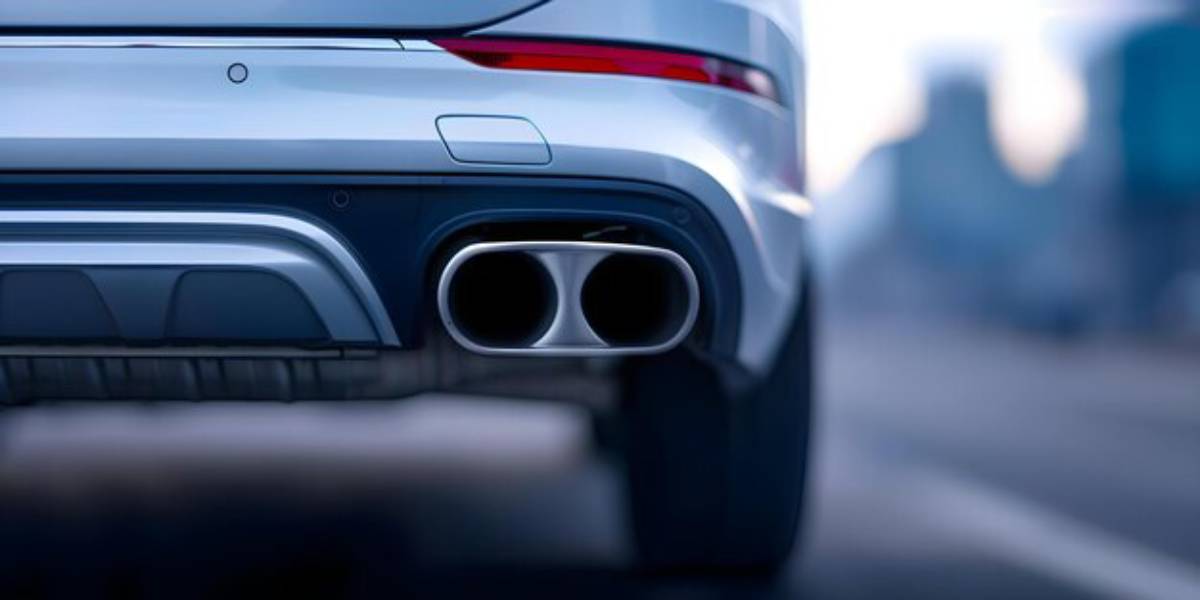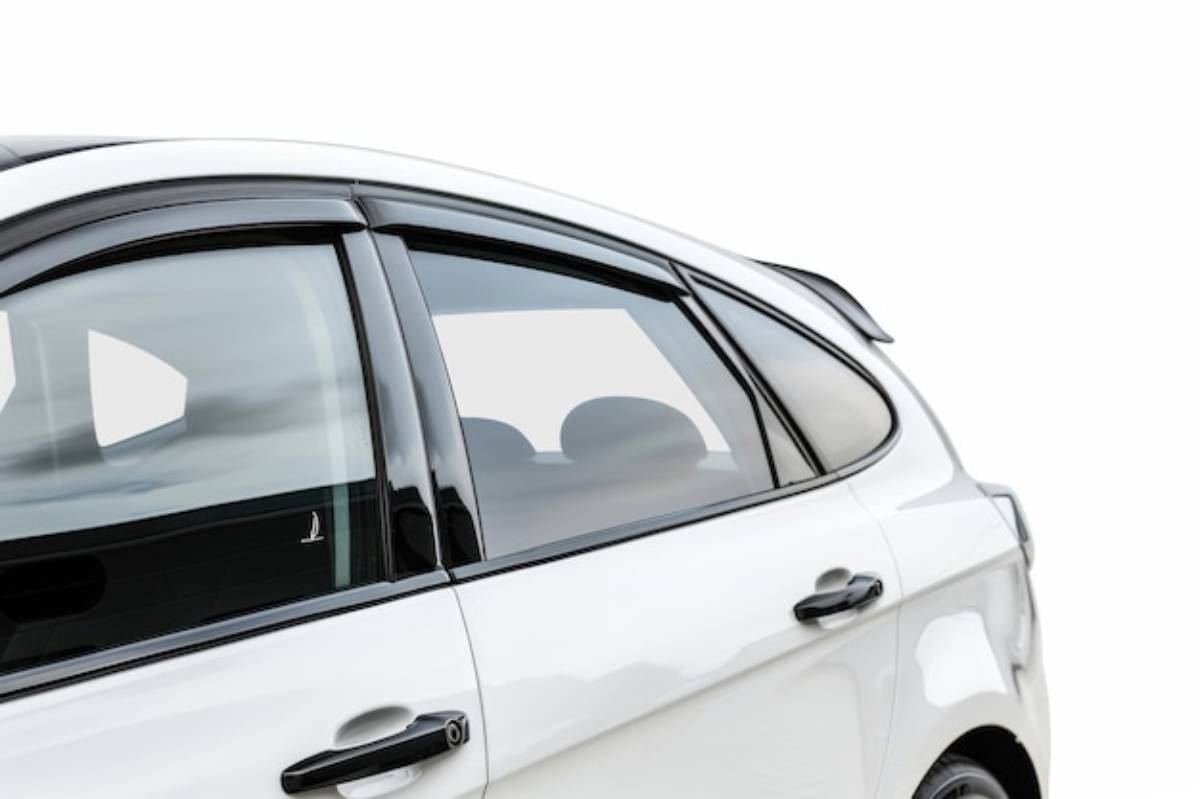
Do Wind Deflectors Actually Work?
You’ve probably been there: you crack your car window while driving on the motorway. Suddenly, you feel a loud rush of air, wild buffeting, and a chilly drop in cabin temperature. It’s hardly relaxing, so many drivers avoid opening their windows altogether.
Enter wind deflectors. Side window visors, or rain guards, are sleek strips placed above your windows. They cut down on noise and turbulence while adding style. But do they work, or are they just another gimmick on the car mod market?
This guide explains how wind deflectors work. We also cover their benefits and possible downsides. Real-world experiences and practical insights support all of this.
What Exactly Are Wind Deflectors?
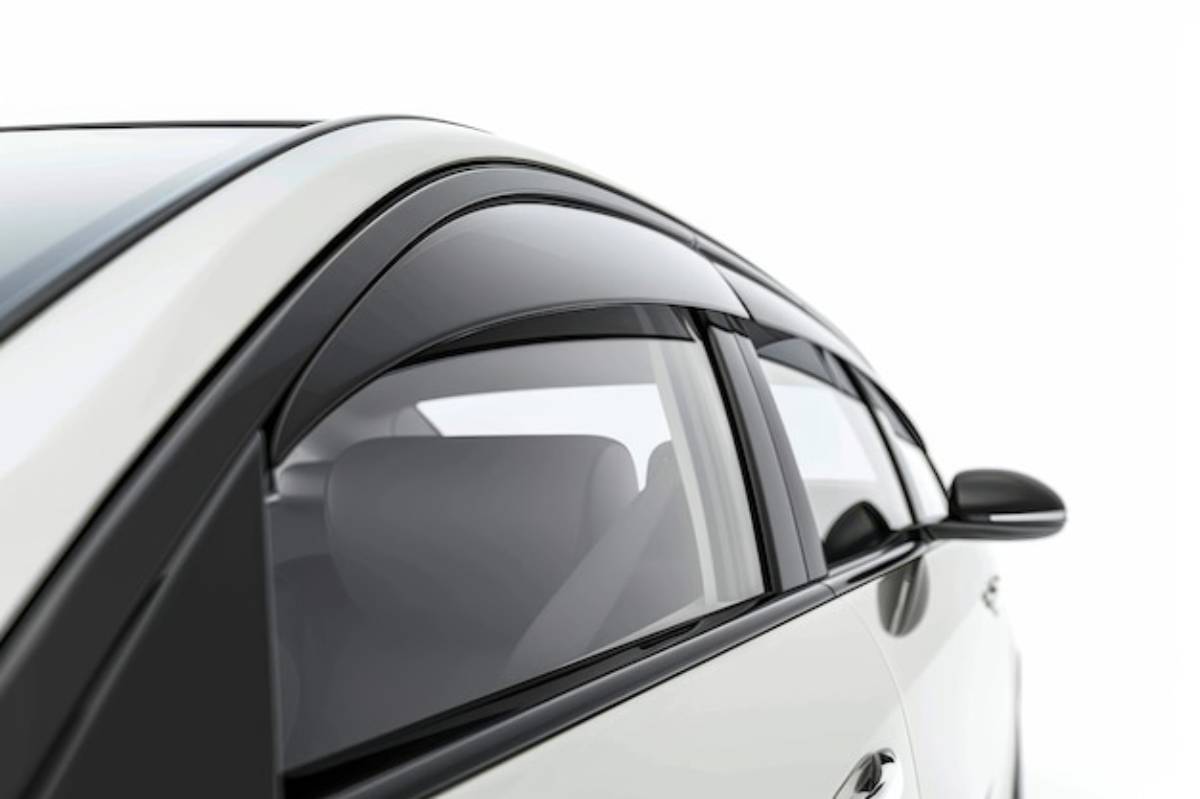
Wind deflectors are contoured, and aerodynamic panels are made from materials like acrylic or polycarbonate. They fit above your car’s side windows and redirect airflow so it flows around the window gap instead of rushing straight in.
Most come in two types:
- In-channel deflectors: Slot into the rubber window seal for a streamlined look
- Stick-on deflectors: Mounted externally using automotive-grade adhesive tape
They are often lightly tinted. This helps them match modern car styles. Plus, they provide good protection against wind, rain, and road noise.
How Do Wind Deflectors Work?
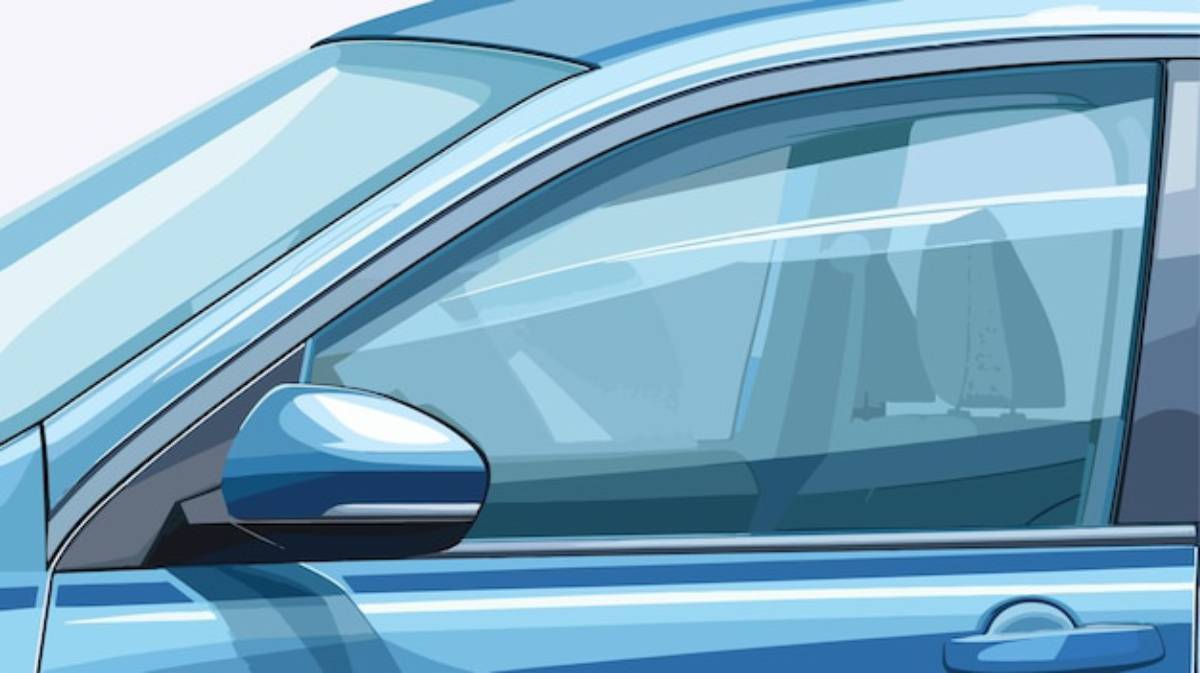
The key lies in airflow management. When your window is open — even slightly — it disrupts the smooth flow of air along the sides of your car. High-pressure air rushes into the cabin. This creates buffeting, whistling, and turbulence.
Wind deflectors solve this by creating a barrier:
- They guide air up and over the window opening, reducing the direct inflow
- The pressure differential around the window is stabilised, decreasing noise
- They prevent water from entering when driving in the rain with windows ajar
Think of them like an aerodynamic umbrella — subtle, but effective.
Benefits of Installing Car Wind Deflectors
Wind deflectors might look like a minor upgrade, but they provide many benefits. They improve comfort, enhance convenience, and can boost vehicle performance.
1. Quieter Cabin When Windows Are Open
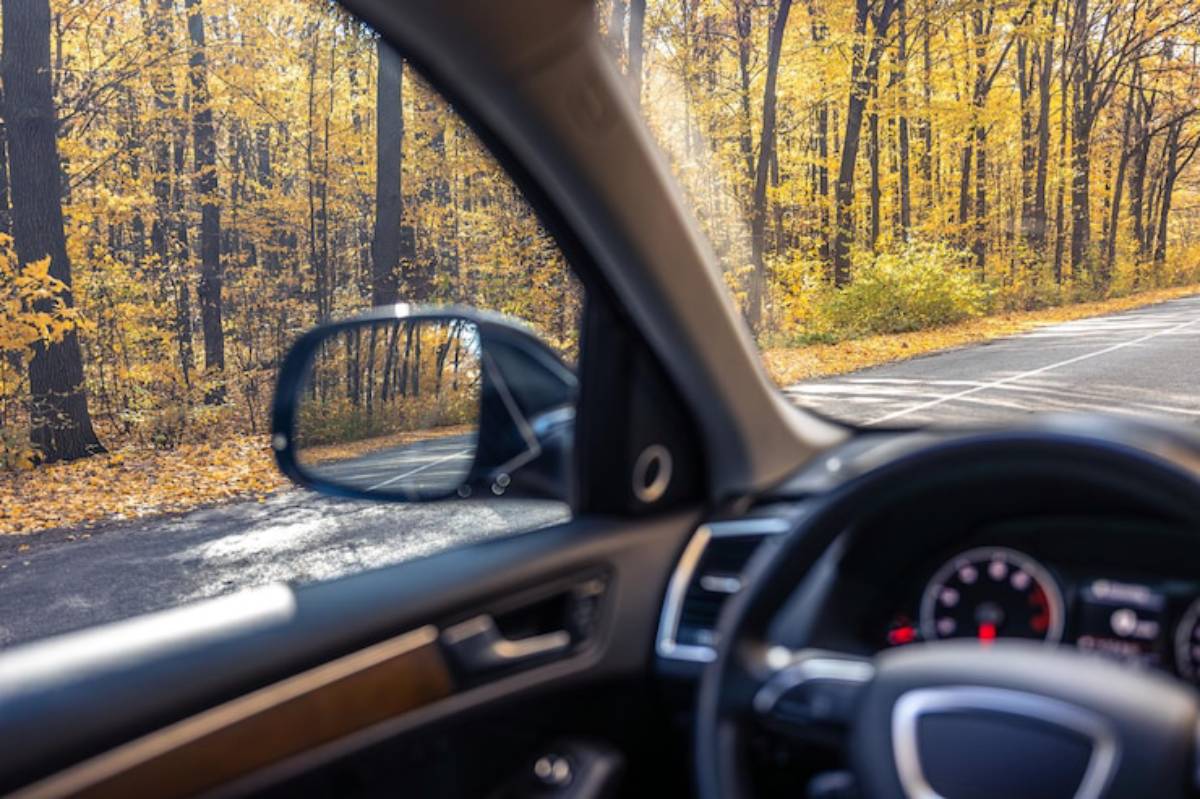
Drivers will first notice less wind noise and less buffeting. You can slightly open your windows while driving fast and enjoy a quiet cabin.
2. Improved Airflow and Ventilation
Ventilation is key, especially on rainy days or hot ones. Cracking windows can help stop fogging inside and keep temperatures down. Wind deflectors make this possible without letting in the elements.
3. All-Weather Versatility
In the UK, the weather changes rapidly. Wind deflectors let you crack your windows open during rain. This helps prevent steamed-up windows and improves humidity control.
4. Subtle Aerodynamic Benefits
Deflectors aren’t performance mods, but they help create smoother airflow. This can lead to slight improvements in fuel economy or EV range. It helps to keep the air around the window line cleaner.
5. Sleek Visual Enhancement
A good set of deflectors adds a sporty, integrated appearance to your car. They have finishes that match most OEM trims. This gives a custom look without being too flashy.
Real-World Experience: Sarah’s Daily Commute
Sarah, a nurse in Manchester, dealt with constant weather changes. During her 40-minute drive, she liked to keep her windows partly open for fresh air. However, she hated the noise and the occasional splash from roadside puddles.
After installing ClimAir deflectors on her Civic, her driving experience changed completely:
“Now I can leave the window open a few centimetres no matter the weather. There’s no buffeting, no rain sneaking in, and I still get the airflow I want. It’s genuinely made every trip more comfortable.”
Types of Wind Deflectors Explained
To get the right results, choosing the correct type of deflector matters.
1. In-Channel Deflectors
These are installed by sliding the deflector into the window track itself.
- Pros: Flush finish, no external adhesive required
- Cons: A bit harder to install. It might also interfere with power window sensors in some cars.
2. Tape-On (Stick-On) Deflectors
These mount directly to the outer door frame using automotive adhesive.
- Pros: Easier to install, often cheaper
- Cons: Slightly more visible, may require regular adhesive checks over time
Pick based on your vehicle model and your confidence in installing it. Stick-on types are popular for DIY projects. In-channel designs attract those who want a sleeker, OEM-style look.
Do They Improve Driving Comfort?
Yes, especially at higher speeds and during adverse weather conditions. Independent tests and manufacturer-led wind tunnel simulations consistently show that:
- Buffeting can be reduced by up to 40%
- Rain intrusion drops significantly when windows are open just 1–2 centimetres
- Ventilation quality improves without compromising cabin dryness or temperature
The result? Better airflow, quieter rides, and fewer distractions behind the wheel.
Potential Drawbacks to Consider
Wind deflectors are usually a safe upgrade, but there are some concerns to consider:
- Poor Fitment: Low-quality deflectors or bad installation can cause gaps. This can lead to more wind noise, not less.
- Window Interference: In-channel models may obstruct electric windows, especially if not installed carefully.
- Material Quality: Cheap plastics can yellow or become brittle in extreme weather.
To avoid problems, pick a product made for your vehicle. Also, follow the installation instructions carefully.
Installation: DIY or Go Pro?
Most wind deflector kits are designed for self-installation, particularly the stick-on varieties.
DIY Installation Tips
- Clean the mounting area thoroughly with alcohol wipes
- Measure alignment before removing adhesive backing
- Apply gentle pressure for 30–60 seconds during fitting
- Avoid driving or washing the car for 24 hours post-installation
When to Use a Professional
- You’re installing in-channel deflectors and are unsure about window sensor interference.
- You drive a high-end or leased vehicle and want a warranty-backed install
- You want to ensure flawless, bubble-free alignment
Usually, installation is simple and takes less than thirty minutes.
Maintenance and Longevity Tips
Wind deflectors are durable, but they’ll look better and last longer with proper care.
- Clean gently: Use soft cloths and mild car shampoo
- Avoid close-range pressure washing: This can compromise the adhesive
- Protect from UV damage: Apply a plastic-safe UV spray every few months
- Inspect periodically: Especially after extreme weather, check that the edges remain securely bonded
Care can significantly help your wind deflectors work well and look good.
Reputable Wind Deflector Brands in 2025
Trusted manufacturers offering quality and fitment assurance include:
- ClimAir (Germany): Renowned for precision engineering and material durability
- Team HEKO (Poland): Affordable, widely available, and visually appealing
- WeatherTech (USA): Premium products with robust design and finish
- EGR (Australia): Excellent for utes, vans, and off-road vehicles
Buy deflectors made for your car’s make and model whenever you can. This ensures the best fit and performance.
Buying Checklist for Wind Deflectors
Before you order:
- Confirm year/make/model compatibility
- Decide between in-channel or tape-on
- Ensure the material is UV- and impact-resistant
- Check return policies and reviews, particularly regarding fitment and ease of installation
Listen to user feedback — it often shows problems that product descriptions miss.
Conclusion: Small Mod, Big Impact
So, do wind deflectors work? In short, yes. They enhance your driving experience in small but significant ways, including noise control, comfort, and weather protection. This mod boosts aerodynamics and improves appearance. It’s practical, budget-friendly, and easy to install.
Wind deflectors are a wise choice for any driver. They help with changing weather, let in fresh air, and reduce noisy wind from highways.

